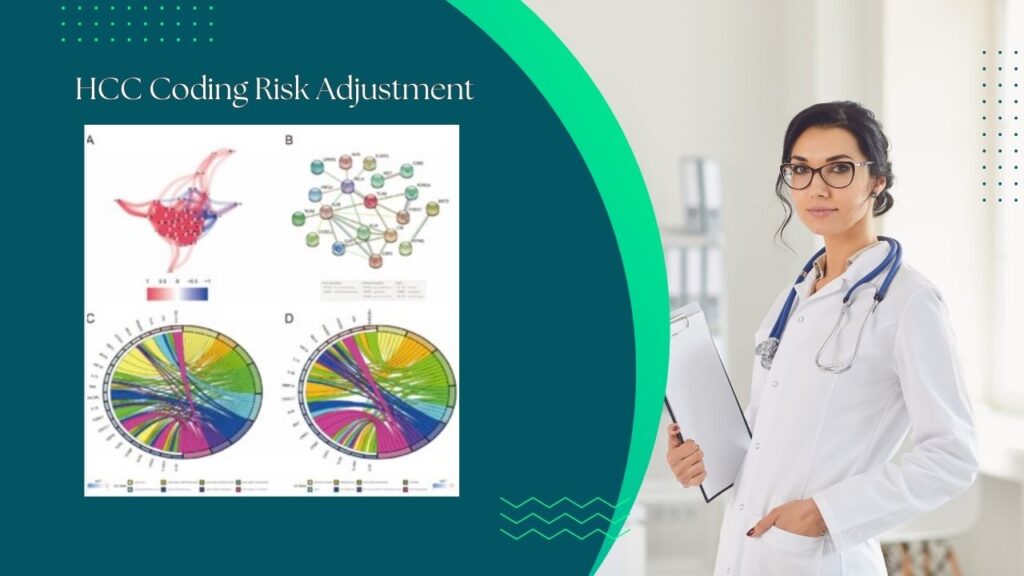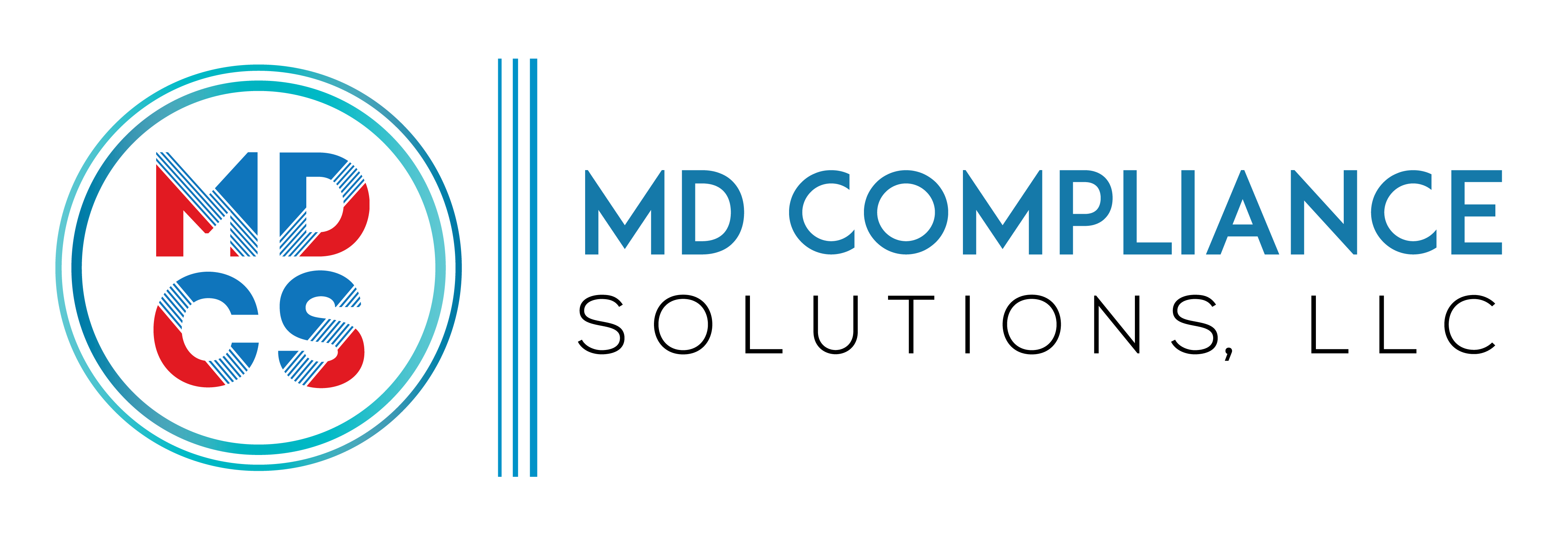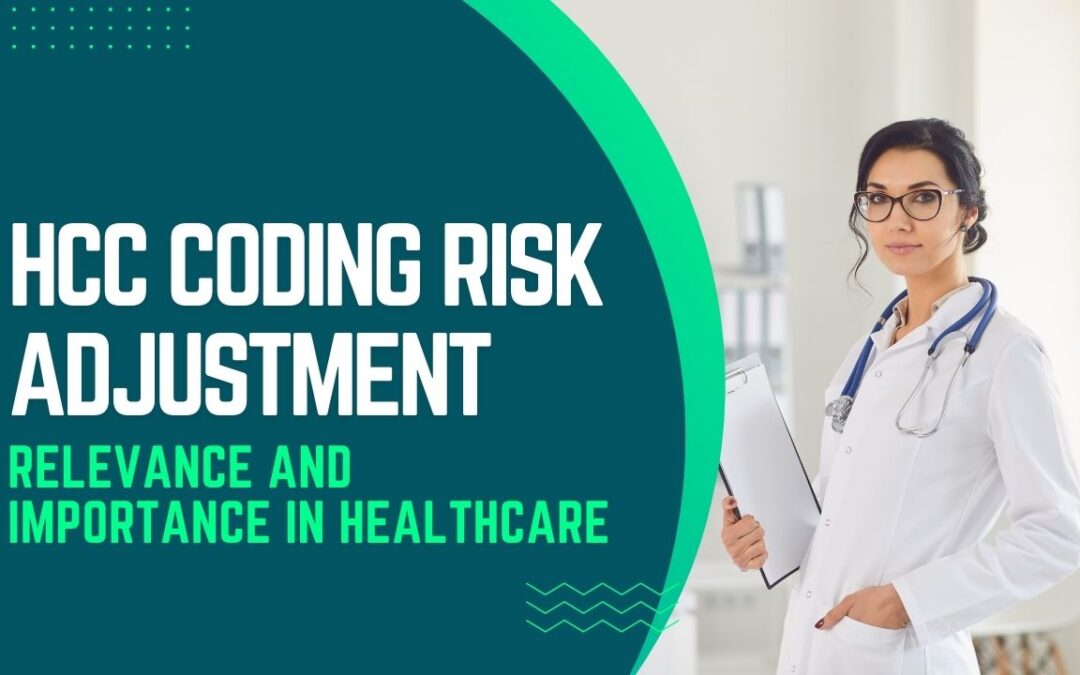Table of Contents
The HCC Coding Risk Adjustment system assesses patients’ health state and establishes fair compensation rates for medical professionals. The Centers for Medicare and Medicaid Services (CMS) developed the HCC coding risk-adjustment model in the beginning to aid in the forecasting of medical expenses for individuals over 65 who have more complex healthcare demands. The Department of Health and Human Services (HHS) developed a new model for the general public, with a comparable score system and category structure. We call this the HCC model at HHS. Based on health and demographic information, both algorithms identify individuals with chronic or serious illnesses and assign risk factor ratings.
It entails determining each patient’s risk score by looking at their demographics and medical profile. This technique creates hierarchical groupings or categories, allowing for a more systematic approach to risk adjustment and payment. Generally speaking, patients with more complicated medical issues and higher risk ratings get paid more. On the other hand, people with lower risk scores and fewer health problems get compensated less.
Relevance and Importance in Healthcare
HCC coding risk adjustment is crucial to the financial management of healthcare providers and insurers. It guarantees that payments are based on patients’ estimated healthcare costs, encouraging fairness and precision in resource distribution. This approach is vital in Medicare Advantage plans and the Affordable Care Act (ACA) marketplaces, where accurate risk adjustment is critical to the healthcare system’s sustainability and efficiency.
HCC coding also facilitates better patient outcomes by emphasizing the management of chronic diseases and preventive care. Quality and cost performance can be judged more accurately by considering patient complexity differences. NLP and CAC technologies are transforming HCC coding. These technologies improve coding efficiency, accuracy, and automation, resulting in better risk adjustment and healthcare outcomes.
Origins of HCC Coding and Evolution Over Time
The concept of HCC coding arose from the necessity for a consistent means of measuring patient risk and adjusting payments accordingly. The Centers for Medicare & Medicaid Services (CMS) used HCCs in the early 2000s to improve payment models and risk adjustment accuracy in Medicare Advantage plans.
Since its introduction, HCC coding has been significantly refined and updated. These shifts have been fueled by advances in medical understanding, diagnostic techniques, and the changing landscape of healthcare delivery. CMS modifies the HCC model regularly, to reflect current clinical practices and assure its continued relevance and effectiveness.
Healthcare policy and regulations played a significant role in the creation and implementation of HCC coding. For example, the Affordable Care Act (ACA) emphasizes the importance of precise risk adjustment procedures to support the health insurance exchanges. Furthermore, legislative changes and modifications to CMS standards have influenced the evolution of HCC coding procedures.
Key Principles of HCC Coding
- Hierarchical Condition Categories (HCCs) are a collection of medical codes used to categorize and forecast patients’ health risks depending on their diagnoses. Each HCC is a collection of related conditions with similar clinical features and estimated expenses. The hierarchy within the categories guarantees that more severe circumstances receive more emphasis in risk assessments.
- Risk adjustment is a statistical procedure that employs HCCs to estimate individual patients’ healthcare costs. Healthcare providers and insurers can forecast upcoming expenses and alter payments based on a patient’s health status and diagnosis. This procedure ensures that patients with higher health risks receive enough resources while avoiding overcompensation for healthy persons.
- Risk scores are numerical numbers assigned to patients depending on their HCCs, age, gender, and socioeconomic status. These ratings quantify a patient’s overall health risk and are used to alter payments under risk-based payment schemes. Higher risk ratings indicate higher predicted healthcare expenses, which results in higher outflows to healthcare providers.
- Accurate coding and risk adjustment may be hampered by healthcare personnel’s lack of knowledge of HCC coding concepts. To guarantee of accurate documentation and coding standards, providers must be properly educated and trained in this area.
HCC Coding Types and Categories
- HCC codes are divided into categories based on the nature and severity of the medical disorders. These categories aid in the organization and prioritization of conditions necessary for accurate risk adjustment. Chronic and acute disorders, as well as unusual diseases, are common classifications.
- Chronic disorders such as diabetes, heart disease, and chronic obstructive pulmonary disease (COPD) are among the most frequently coded categories in HCC. These illnesses are common, leave massive influence on healthcare expenses, making them essential for risk adjustment.
- In addition to conventional categories, HCC coding contains rare and special diseases that necessitate particular attention. These categories ensure that patients with uncommon but costly illnesses are appropriately assessed and that their healthcare providers are fairly compensated.
Signs and Symptoms
- HCC codes cover a wide range of symptoms and indicators linked with different medical diseases. Common chronic disease symptoms, such as weariness, shortness of breath, and pain, are noted with specific HCC codes.
- HCC coding also includes uncommon symptoms that may not be visible at first but are suggestive of underlying problems. Accurate reporting of these symptoms is required for a thorough risk assessment and proper payment modification.
- Consider a patient with congestive heart failure (CHF) as an example of how HCC coding can be used to capture symptoms. Symptoms such as edema, dyspnea, and orthopnea are tagged with specific HCCs to ensure that the patient’s health risks are correctly represented.
Causes and Risk Factors
- Biological factors like genetics and age have an important effect on the development of medical diseases identified by HCC codes. Knowing these aspects is critical for accurate risk management and healthcare planning.
- Environmental factors such as pollution exposure, healthcare availability, and socioeconomic level can have an impact on a patient’s health risk. HCC coding considers these elements to provide a full assessment of patient risk. The end-to-end collection of clinical data and documentation, along with the corresponding clinical evidence and the particular standards as outlined by CMS and HHS, present a barrier for HCCs.
- Diet, exercise, and smoking habits are all imperative health indicators that influence HCC categorization. Accurate reporting of these characteristics helps to ensure that patients receive the care and resources they require based on their exclusive risk profiles.
Diagnosis and Tests
- HCC coding uses different diagnostic methods to diagnose and describe patients’ medical problems. Laboratory testing, imaging findings, and physical examinations are examples of common diagnostic tools.
- Blood tests for diabetic management, imaging scans for cardiac illness, and pulmonary function testing for chronic respiratory disorders are all examples of tests that are very important for HCC coding. These tests provide vital information for precise risk assessment.
- Interpreting diagnostic results requires a solid understanding of medical disorders and related HCC codes. Healthcare providers must properly document test results to guarantee passable risk adjustment and payment accuracy.
Treatment Options
- HCC coding covers a variety of medical treatments, including drugs and surgical procedures. Accurate documentation of treatments is critical for reflecting patients’ health status and adjusting payments appropriately.
- HCC coding captures a variety of therapies, such as physical therapy, occupational therapy, and speech therapy. These treatments are critical for controlling chronic diseases and increasing patients’ quality of life.
- In addition to medical therapies, lifestyle changes such as food changes, exercise programs, and smoking cessation are critical components of HCC coding. Proper documentation of these changes aids in complete risk assessment.
Preventive Measures
Preventive efforts, such as vaccines, screenings, and health education, are essential for HCC coding. These measures aim to lower the likelihood of developing chronic illnesses while ensuring early management for those already present. Regular check-ups are necessary to monitor patients’ health and update HCC codes. Frequent examinations help to detect changes in health status and ensure accurate risk adjustment.
To ensure precise categorization, all relevant actions and interventions must be documented. Risk adjustment models will play a major role in the upcoming of healthcare spending because they make it possible for all stakeholders to project patient care costs across the higher-risk population, assisting payers and provider organizations in forecasting costs and coordinating with population health initiatives.
Sum up
Over the past decade, ICD-10 has been implemented and improved a lot, enabling more thorough coding and a more complete picture of patient health. The major goal is to code patient medical records with ICD-10 code sets. Accurate HCC coding makes a substantial impact on healthcare delivery, quality of care, and total healthcare costs. Understanding the impact is critical for stakeholders in the healthcare sector. By applying best practices and anticipating future trends, healthcare workers can ensure precise risk adjustment, improved patient care, and a more efficient and effective healthcare system.

Read More: The Ultimate Guide to Medical Billing Audits

